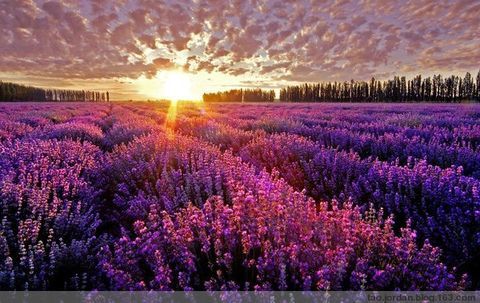How to Combine Images with AI - Basic Merge Techniques
Now that you've got the basics down, let's dive into how to combine images with AI using advanced techniques that will make your creations stand out. I spent months experimenting with different approaches before I figured out what really works when combining images.
When I first started learning how to combine images with AI, I thought merging was just about putting two images together. Boy, was I wrong! The real magic happens in how you combine elements, balance compositions, and guide the AI to understand your vision when merging images.
Layered Composition Method
This is my go-to technique for creating depth and visual interest. Instead of just overlaying images, think about how they can work together to tell a story.
I learned this technique after my first dozen attempts produced flat, uninteresting results. The key is to think in layers - foreground, middle ground, and background elements.
How to Apply This Technique
- 🎨 Choose a strong background image as your foundation
- 🎨 Add middle elements that bridge the composition
- 🎨 Place focal points in the foreground for impact

Color Harmony Integration
Color is everything in visual composition. When I first started, I'd combine images with completely different color palettes and wonder why the results looked jarring.
The breakthrough came when I started paying attention to color theory. Images that share similar color temperatures blend much more naturally.
Color Matching Strategies
- 🌈 Warm with warm, cool with cool
- 🌈 Use complementary colors for contrast
- 🌈 Maintain consistent lighting conditions

Subject Integration Techniques
This is where the real artistry happens. How do you make two completely different subjects feel like they belong together?
I used to think this was purely about the AI's capabilities, but I've learned that your input matters tremendously. The way you describe the relationship between subjects can make or break the result.
Integration Methods
- 🔗 Use connecting elements (shadows, reflections, overlapping)
- 🔗 Create shared environments or contexts
- 🔗 Establish visual relationships through scale and positioning

Advanced Techniques That Actually Work
The Rule of Thirds in Merging
I've found that positioning key elements at the intersection points of the rule of thirds creates more balanced compositions.
- Place your main subject at one of the four intersection points
- Use the grid lines to align secondary elements
- Balance visual weight across the composition
Texture and Pattern Integration
Combining images with similar textures or patterns creates more cohesive results than you might expect.
- Match texture densities for natural blending
- Use patterns to create visual flow
- Consider how textures interact at boundaries
Practice Exercises (What I Wish I'd Done)
Here are some exercises that helped me improve my merging skills:
Exercise 1: The Simple Swap
Take two images with similar compositions but different subjects. Try merging them while keeping the same basic structure.
Exercise 2: Color Story
Pick three images with the same color palette. Merge them in different combinations to see how color harmony affects the final result.
Exercise 3: The Impossible Merge
Challenge yourself with seemingly incompatible images. This forces you to think creatively about integration techniques.
Realistic Expectations
Let me be honest about what you'll experience as you practice these techniques:
- Your first attempts might look awkward - that's completely normal
- Some combinations will work better than others, regardless of technique
- You'll develop an eye for what works over time
- Sometimes the AI surprises you with unexpected but brilliant results
Remember: Every "failed" merge teaches you something about what doesn't work. I've learned as much from my mistakes as from my successes!
Mistakes I Made (So You Don't Have To)
These are the errors that cost me time and frustration:
Ignoring Scale Relationships
Putting a tiny person next to a giant building without considering perspective.
Overcomplicating Prompts
Trying to describe every detail instead of focusing on the main relationship.
What's Next?
Now that you understand the basic merging techniques, you're ready to explore more advanced concepts.
Prompt Writing Mastery
Learn how to craft prompts that give you exactly the results you want.
Style Transfer Techniques
Master the art of applying artistic styles to your merged images.
How to Combine Images with AI - Quick Start
Get started combining images with AI in just 5 minutes.
Choose Images to Combine
Learn how to pick the best source images for natural results.